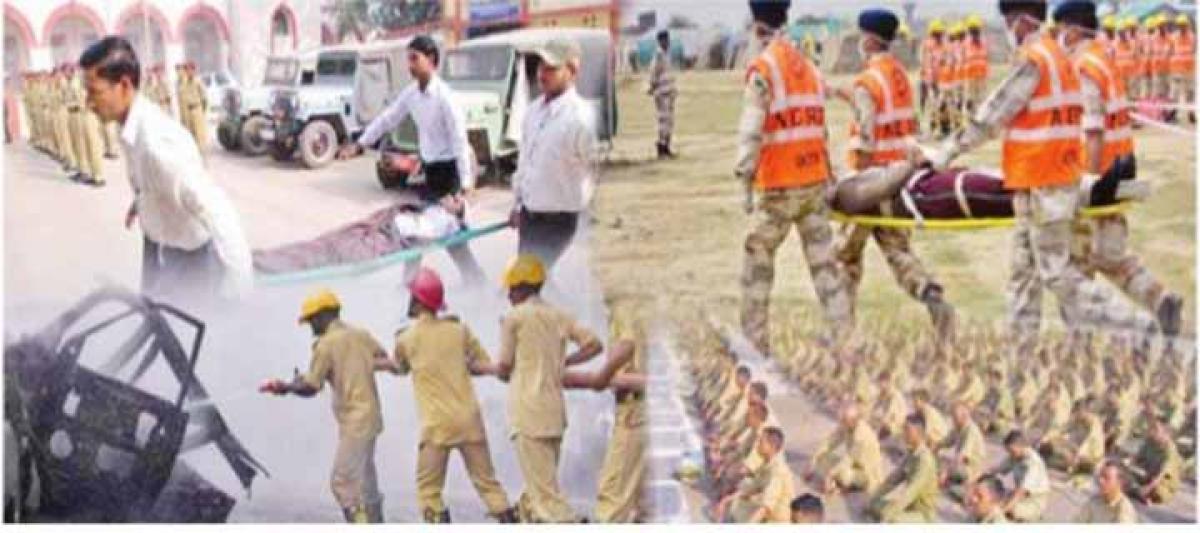Live
- Casual yet stylish office outfits for all-day comfort
- TTD to suspend all special darshans from January 10 to 19 amid Vaikuntha dwara darshans
- Naidu pats TDP leaders, cadres for enrolling 73L members
- Rupali Ganguly says for 20 years she never got an award
- Advanced anti-drone systems deployed for devotees’ safety at Mahakumbh
- Workshop on ‘Industry-Academia Practices in Civil Engineering’ concludes
- Revanth assures Kurma community of its due
- 204 cadets pass out of AFA
- Youngest chess king wins laurels for India
- FairPoint: Rahul’s rhetoric falls flat as PM Modi steals spotlight
Just In

At age 50, a person, it is said, has the face he or she deserves. I looked at India’s face in 1997 – 50 years after her birth as in independent nation on the whole; I liked what I saw. A successful struggle for independence based on non-violence, a democratic polity that has emerged unscathed by over five decades of repeated tests of its sustainability, the green and other multi-coloured revolutions in the agriculture sector, a sterling record of competence and probity on the part of many constitutional authorities such as the Supreme Court and the Election Commission, a dazzling array of spectacular achievements in fields spanning the entire gamut of human endeavour from space and ocean exploration – through education, health, industrialisation, creation of infrastructure in the communication, transport, irrigation, power sectors - to sports and culture brought a sense of comfort and contentment. The country appeared also smoothly to have adjusted to the need for management of c
At age 50, a person, it is said, has the face he or she deserves. I looked at India’s face in 1997 – 50 years after her birth as in independent nation on the whole; I liked what I saw. A successful struggle for independence based on non-violence, a democratic polity that has emerged unscathed by over five decades of repeated tests of its sustainability, the green and other multi-coloured revolutions in the agriculture sector, a sterling record of competence and probity on the part of many constitutional authorities such as the Supreme Court and the Election Commission, a dazzling array of spectacular achievements in fields spanning the entire gamut of human endeavour from space and ocean exploration – through education, health, industrialisation, creation of infrastructure in the communication, transport, irrigation, power sectors - to sports and culture brought a sense of comfort and contentment. The country appeared also smoothly to have adjusted to the need for management of change caused by the forces of liberalisation, privatisation and globalisation. I did not, however, like all that India could see of her past.
.jpg)


© 2024 Hyderabad Media House Limited/The Hans India. All rights reserved. Powered by hocalwire.com







